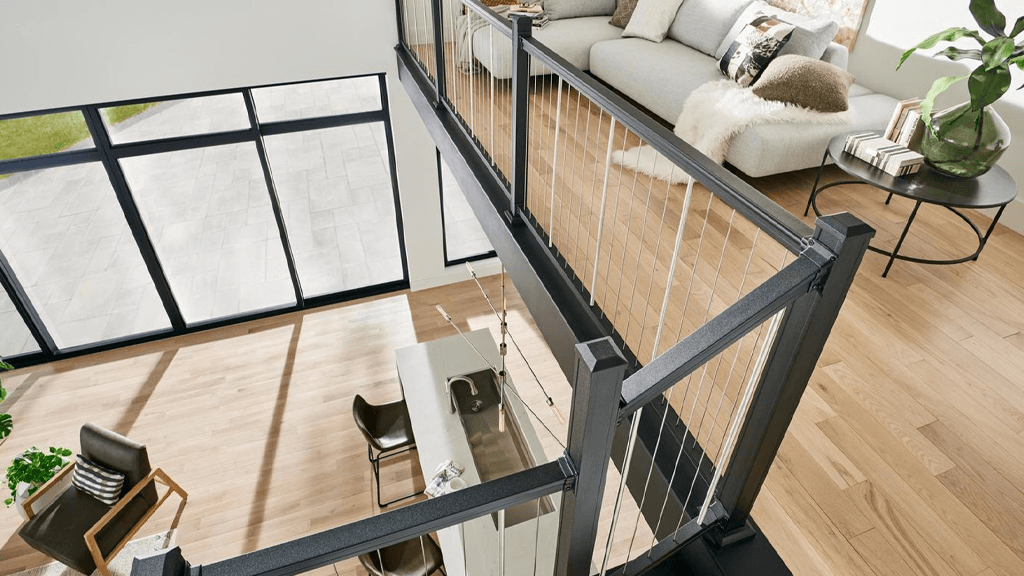
So, you want a modern industrial vibe, and you decided on cable railings. Great choice! Cable railing makes a bold statement, while letting the view shine through.
Then, you went a step further: beyond standard horizontal cable to vertical cable. Nice move! We see that you’re a railing connoisseur who appreciates a fresh design twist.
And now you’ve chosen Key-Link American Series Vertical Cable Rail Kit for its exceptional appearance and quality. You’re really doing everything right, aren’t you?
To keep on this positive path, here are some handy pro tips to make the installation of your Key-Link vertical cable rail system even easier so you can breeze through your railing project.
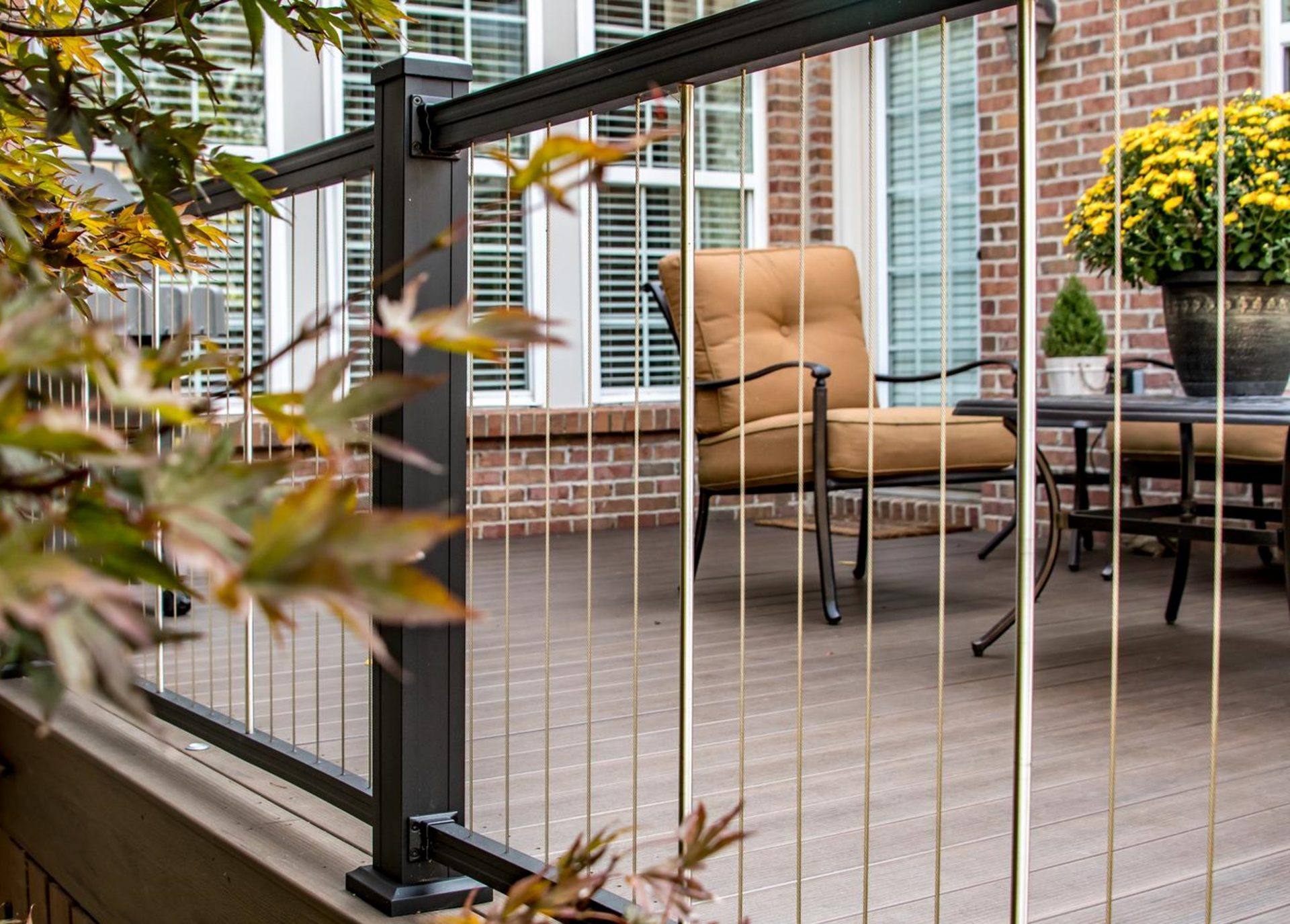
1. Assembly not required
The Key-Link American Series Vertical Cable Rail Kit is popular with both contractors and DIYers not only for its aesthetically pleasing design, but also its pre-installed cable. The Key-Link rail kit comes conveniently packaged with everything needed in between the posts.
When you take a section out of the box, just remove the vinyl insert and separate the top and bottom railings. You'll see that the vertical cable is already in place.
Once your posts are mounted (or if you’re using existing posts), the railing is ready to install. No drilling, no threading—no kidding!
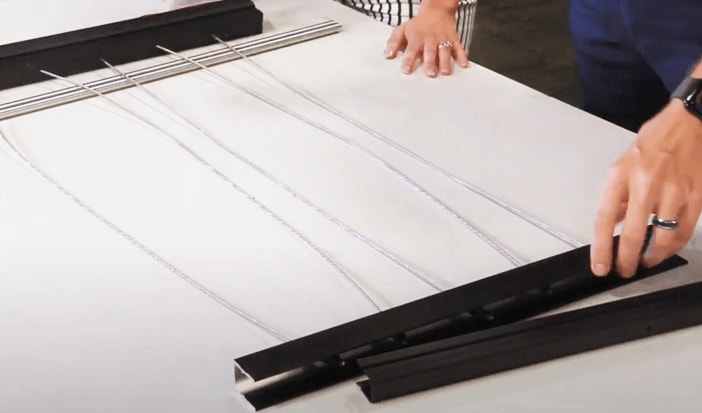
2. Nut trick
After separating the rails, the next thing you’ll do is remove the tensioning nuts from the bottom of each cable. Sure, you can rotate the nut itself to achieve this. But it’s a bit tedious.
Here’s a little trick that installers love: Rotate the cable instead. You're able to get a lot more rotation, so the nut comes off faster.
Wondering why you need to remove all those nuts? Because even a little thread of a nut is enough to make the space between the rails too tight to install your support rods.
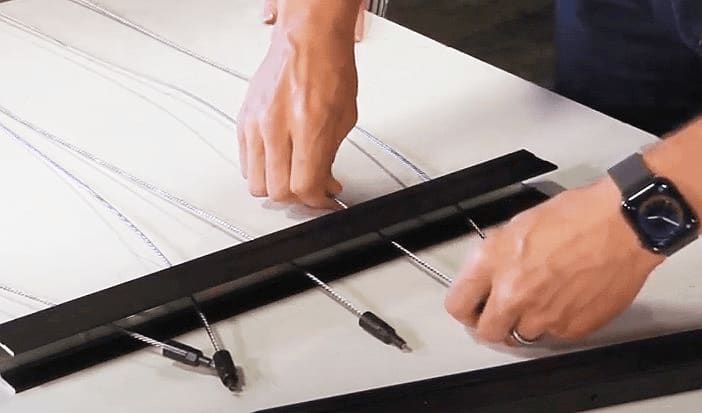
3. Rod placement
Next, you’ll want to figure out where your support rods should go.
The intermediate support balusters are tested and recommended for placement every 24 inches by Key-Link; see the chart below for rod positions. If you have less than 24 inches in between, you can choose where you want to place your rods.
| #of Support Rods | Length of Section |
| 1 | 19" to 38" |
| 2 | 39" to 57" |
| 3 | 58" to 76" |
| 4 | 77" to 95" |
4. Cable clipping
After you’ve decided on your support rod placements, you’ll cut and remove the unnecessary cables to make room for the rods within the section.
Cut the cable as close to the top rail as you can with the wire cutters.
The reason: This lets you dump the crimp right out of the rail easily once you’re done cutting your cables rather than struggling to work out a length of cable. Then just remove the cables by pulling them through the bottom rail.
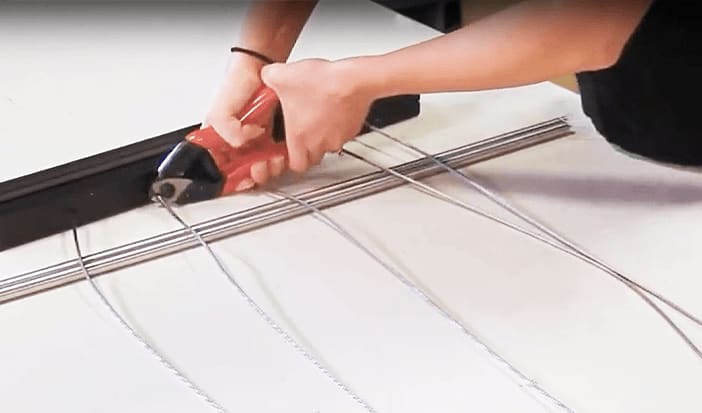
5. Bottoms up
Top-to-bottom may seem like an obvious way to install your support rods: Don’t do it!
Install the bottom of the support rod into the bottom rail first, then rotate the top rail to accommodate the other end.
Why? There’s a fine point on each end of the intermediate Key-Link support balusters. This method helps avoid possible scratching that could occur if you just tried to wedge the rod into place. And, if an accidental scratch did happen, you’d much rather have it on the bottom of the top rail where it’s generally out of sight than on the top of the bottom rail where it’s most visible.

Be sure to read and follow the full instructions that come with your railing, and lean into these bonus pro tips to make the installation of your Key-Link American Series Vertical Cable Rail sections even smoother. You’ve set the bar high already, so we know your results are going to be outstanding!
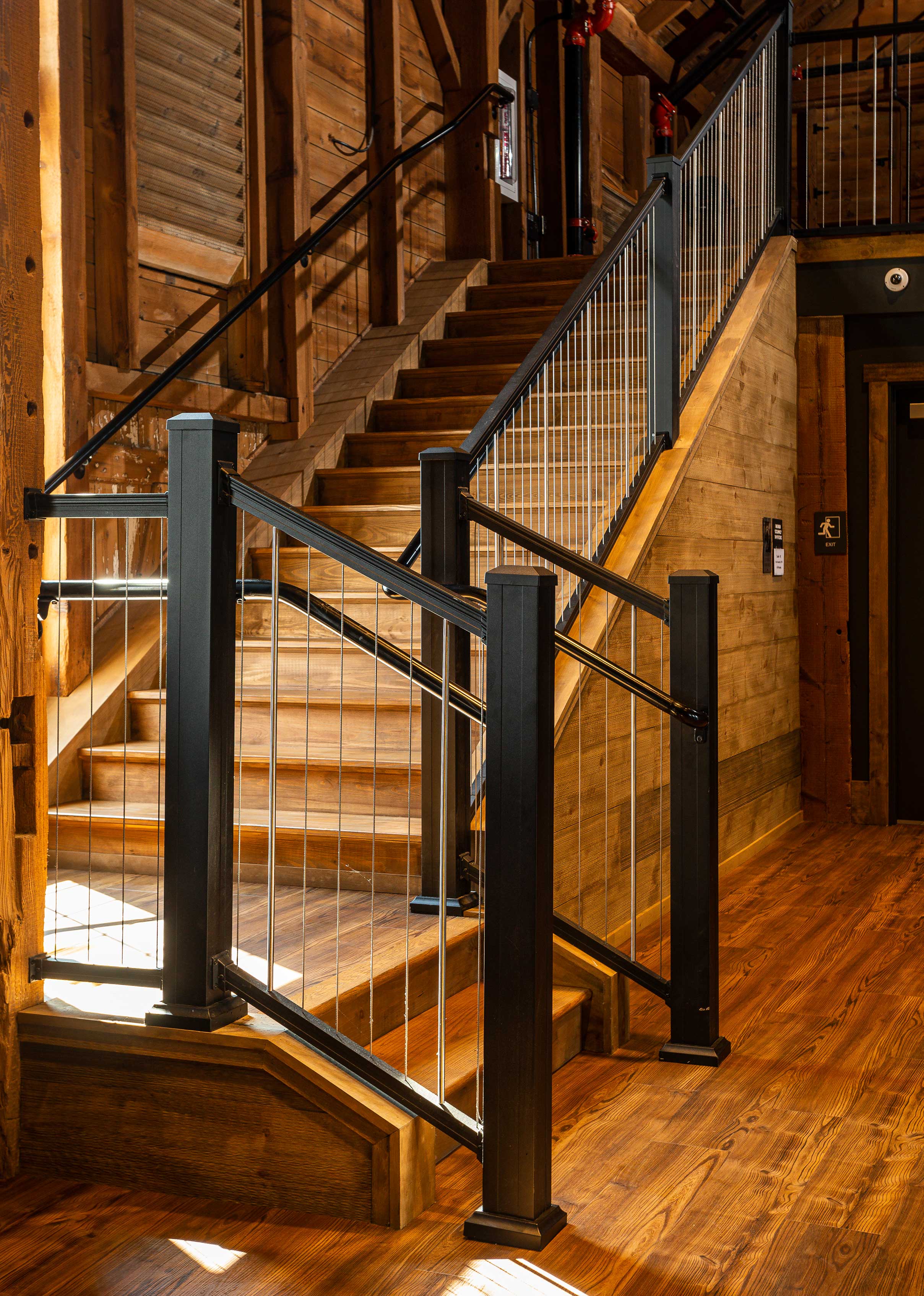
If we can lend a hand, from determining quantities for your railing project to installation support, the DIY Home Center experts are here to help! Contact our team through chat, by email or call us at (800) 666-9367.
BONUS TIP: Get your free Railing Quote from DIY Home Center to start your railing project off right!
Be sure to check your local building codes before starting your railing project and follow all rules, regulations, and requirements.





























